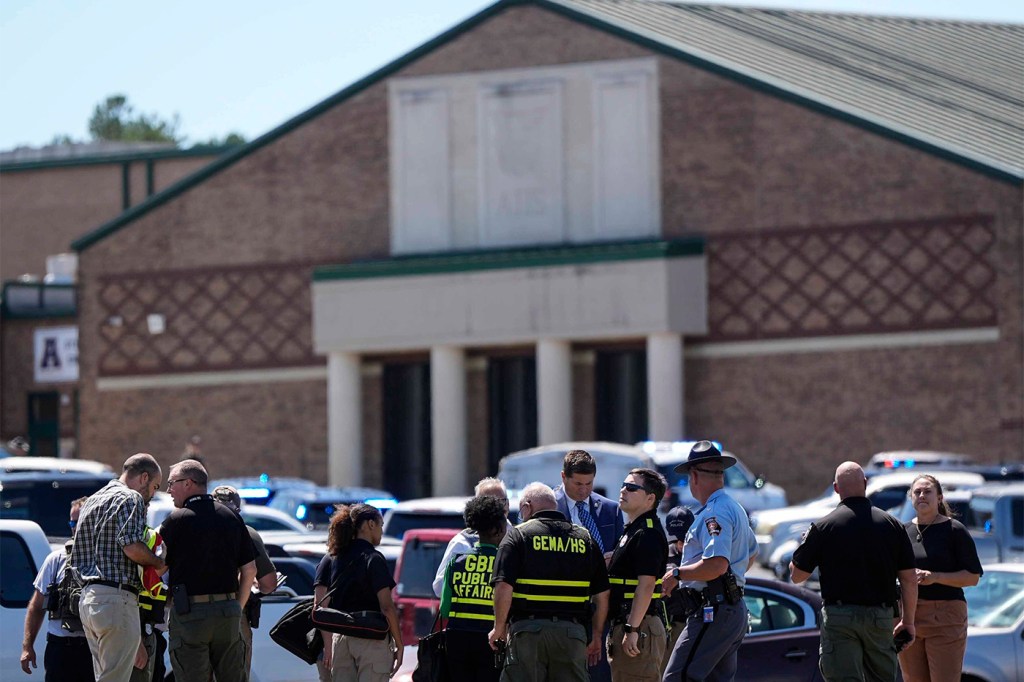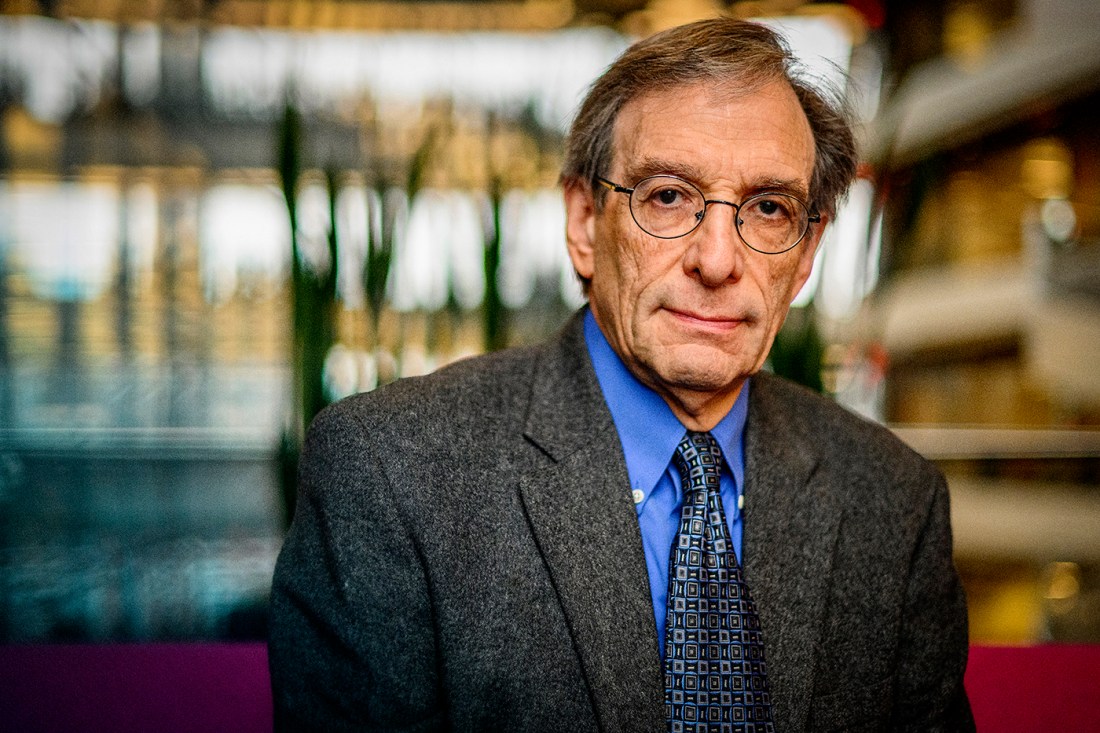Georgia school shooting is a reminder that mass killings are tragic but rare, Northeastern criminologist says
Among the nine mass killings at K-12 schools over the past 19 years, James Alan Fox says, this was the first to happen so early in the academic year.

The mass shooting that claimed the lives of four people at a Georgia high school on Wednesday has created a tragic paradox for parents, a Northeastern University criminologist says.
The shooting at Apalachee High School was the deadliest school shooting this year and the ninth mass killing at a K-12 school in the U.S. since 2006, according to James Alan Fox.
Two 14-year-old students and two teachers were killed. Another eight students and one teacher were hospitalized and are expected to survive their injuries. The alleged shooter, identified as Colt Gray, a 14-year-old student at the school, was in police custody and will be charged with murder as an adult. Gray had been questioned last year about online threats to commit a school shooting but there had been no probable cause for arrest, according to FBI Atlanta and the Jackson County Sheriff’s Office.
On Thursday his father, Colin Gray, 54, was arrested and charged with two counts of second-degree murder, four counts of involuntary manslaughter and eight counts of cruelty to children. The Georgia Bureau of Investigation said the charges were based in part on Colin Gray allowing his son to possess the military-style rifle that was used in the attack.
“These are rare events,” says Fox, a research professor of criminology, law and public policy at Northeastern. “But they are horrific when they happen.”
Among the nine mass killings at K-12 schools over the past 19 years, says Fox, this was the first to happen so early in the academic year.
Featured Posts
“This is a very tragic beginning to the school year,” Fox says. “Generally in September there is a lot of optimism and hope. But that was certainly dashed very quickly in Georgia.”
Shootings with multiple victims at schools are “uniquely tragic and horrible,” Fox says, “because they involve children.”
And, even though they are rare, they can happen at any time at any school, Fox says.
“Because they are unpredictable, that’s obviously frightening for parents and many worry that their child may not come home at the end of the school day,” he says.
The shootings took place Wednesday morning at the school in Winder, Georgia, a town of fewer than 20,000 people one hour from Atlanta. The school serves about 1,800 high school students, many of whom fled to the adjacent football field.

Schools throughout the district went into lockdown in response to the deadliest school shooting in the state’s history.
Some students initially assumed a drill was being conducted when the lockdown warning flashed in classrooms. Students reported hearing gunshots and the sounds of people screaming and running.
Wariness of school shootings may rise throughout U.S. school districts as a result, says Fox.
“Schools will tend to be a little bit more on guard in the aftermath,” says Fox, who presides over the Associated Press/USA TODAY/Northeastern University Mass Killings Database, the most extensive data source on the subject.
“But we haven’t seen a tendency for these school shootings to occur in clusters,” he says. “Of the nine mass killings since 2006, the closest together were three months apart.”
Overall the U.S. is experiencing a downturn in violent crime. Fox says the tragedy in Georgia was the third mass killing in a public setting this year.











